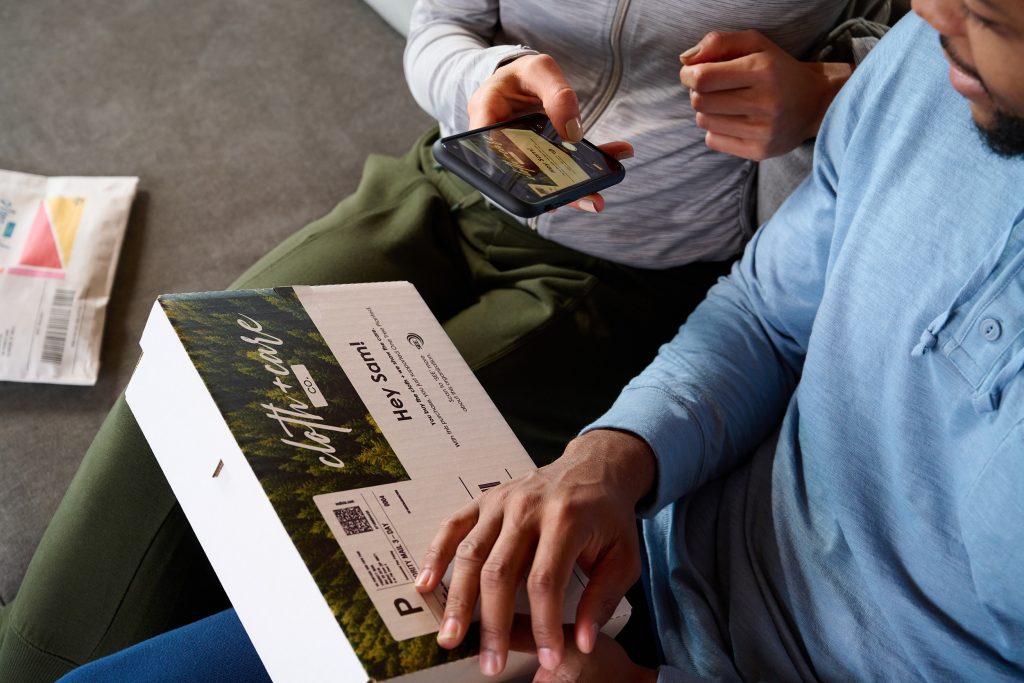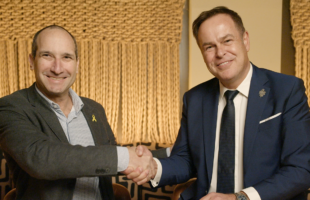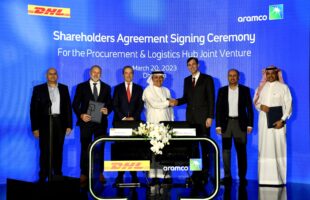

Who would have thought that what was once invented as a 3-D wallpaper would find its way to revolutionize packaging? The bubble wrap, as we all have popped more than once when we were kids, has come a long way from its heavy industry use to everyday packaging for perishable food and for high-value and general e-commerce shipments.
As one of the pioneers in the packaging business, Sealed Air has certainly seen how the market has changed over the years, particularly over the last year in which the whole dynamic of buying and purchasing online has certainly accelerated.
For Sealed Air, the past year has put the company in a good position to help its customers turn these challenges into opportunities, reflecting a solid business performance, as Onat Bayraktar, vice president at Sealed Air Asia, puts it.
The company is on a mission to protect any shipment during long hours of transport—whether it be the packed salad at your local deli or the bubble-wrapped gadget that can’t wait to be unboxed or medical shipment that needs to be kept cold.
From bubble wrap, the company has become a leader in creating solutions like vacuum insulated panels that protect shipments for the healthcare industry and inventing unique packaging formats for the food service and retail businesses whether this be plastic, paper or insulated materials.
New age of protective packaging
Onat Bayraktar, vice president at Sealed Air Asia, believes that amidst new packaging demands and requirements, industries are now re-looking not only at their packaging but their packaging processes as well.
“I think we have been in a very strong position to help our customers turn these challenges into opportunities in this period, especially by optimizing and minimizing waste in their operations, decreasing their pack times, reducing freight costs, optimizing labor, and maximizing capacity and throughput,” he noted.
According to Onat, e-commerce acceleration, fulfilment complexities, automated operations, changing consumer behaviours and sustainability are just some of the trends that will continue to have an impact on the business and the industry.
Even before the pandemic Onat said that automation was already an important focus for Sealed Air. In 2019, the company acquired Automated Packaging Systems to further boost its know-how in smart packaging and automation systems.
“Automation is where all industries are heading to, not only to address the challenges such as labor scarcity but also keeping people out of harm’s way. It’s been a very interesting acquisition for us, which really became much more meaningful with the dynamics of the pandemic,” he noted.
Sustainability
With the pandemic accelerating the growth of e-commerce in China and elsewhere, the demand for packaging and bubble wrap has certainly spiked up. For the waste that comes with all that packaging, well that’s a whole different story. For Sealed Air, sustainability has always been a business imperative.
Onat says every new product that the company puts out follows a sustainability criteria–whether it’s about recyclability, recycled content, or the total carbon footprint that it will have on its own, or whether it will enable a lower carbon footprint or resource reduction for its customers.
This year the company announced the ambitious goal of achieving net-zero carbon emissions by 2040, a decade earlier than other companies who have expressed the same environmental commitment.
Sealed Air pledged that by 2025 its solutions sold to customers will be 100 percent recyclable or reusable with each solution incorporating an average of 50 percent recycled and renewable content.
“By making something recyclable doesn’t mean that it’s going to be recycled. We need to work with partners to make that infrastructure happen because this is going to be the key solution for sustainability. Circularity or the circular economy is the answer.”
Finding a balance
Onat explained that whilst the total carbon footprint of packaging is a mere fraction compared to that of any product, only by tailor fitting the right packaging material can we ensure the protection of any high-value item during transport and reduce the amount of waste.
“The material that we choose needs to be the right product to protect. If it is not meeting that criteria, we cannot talk about sustainability or being eco-conscious. This means the use of better performing packaging products to reduce the excessive packaging going into the market while providing improved protection.
“I would say we’re a little bit product or material agnostic. We see ourselves more as the tailors to find the best fit in terms of sustainability and in terms of total cost of ownership.
When we look at sustainability, we look across the entire supply chain and not just parts of it .To determine the environmental impact it needs to strike a balance between protection and waste and between energy usage and being ‘environment friendly.’
Smart packaging
Realising the power of harnessing data, Sealed Air said it is investing in creating an ecosystem for smart packaging, one that tells the digital story of every shipment to add more value and ensure visibility across the supply chain.
“It’s not just about this printing [technology] because it’s been done. QR codes are not a new thing, but what about the scanning technology behind that? How do you collect that information? How can you put this into a database? Most importantly, what kind of analytics you create out of it is as important as the packaging supply.”
With a whole lot more data intelligence, there’s a great opportunity to use the information to help businesses make better decisions and engage with their customers. That’s what smart packaging really is: it’s not necessarily a brand owner telling the story of a package; it’s related to the entire value chain, it helps to ensure the brand integrity and deliver consumer engagement.”








